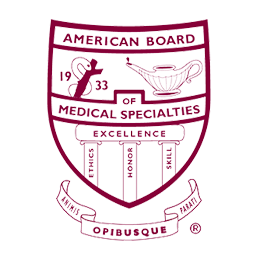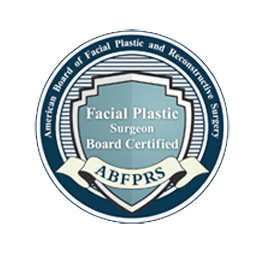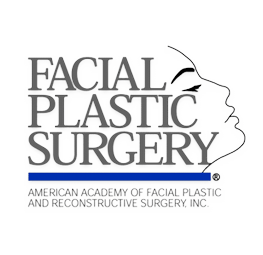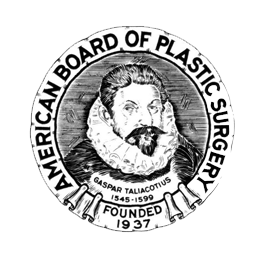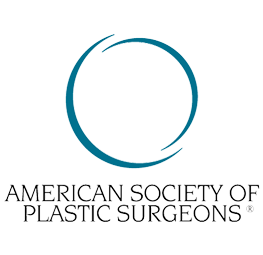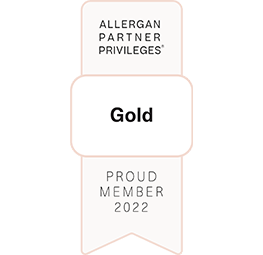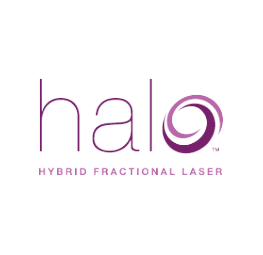Fat transfer is a safe and natural way to restore volume to the face and create a lifted, more youthful appearance. Our plastic surgeons offer a range of treatment options for fat transfer to the face region. Fat can be removed from practically anywhere on the body, purified, and then carefully grafted into the face.
Popular areas for fat transfer to the face are:
- Forehead and brows
- Under or around the eyes
- Cheeks
- Perioral region (lower face: nasolabial folds, lips, and chin)
Fat Transfer To Face – What To Expect
Fat transfer is a minimally invasive procedure performed in our outpatient treatment center at Luminis Health Anne Arundel Medical Center in Annapolis, MD. This procedure is typically performed under light sedation (“twilight”) anesthesia, meaning you will be able to return home after a short recovery period.
The fat transfer procedure involves two steps: liposuction to harvest fat, followed by the grafting procedure to the face.
Liposuction
The first step for a fat transfer procedure is liposuction. We offer several liposuction techniques and will choose the one that is right for you. When transferring fat to the face, there is not usually a significant volume of fat needed. Typically, the plastic surgeon will harvest the fat from the lower body and then graft it back into the volume-depleted areas of the face.
Fat Transfer
The fat removed during the liposuction procedure is prepared for the fat transfer procedure by being cleansed and purified. This concentration will be injected into the area(s) that has been targeted for treatment.
A topical anesthetic may be used to numb the injection area. Depending on the treatment area(s), the fat transfer procedure is typically completed in under one hour.
-
Patient 1
*Disclaimer: results may vary
Fat Transfer vs. Dermal Fillers
Fat transfer to face has been growing in popularity over the last few years, even though dermal fillers are still the most popular choice for volume restoration. Fat transfer has shown numerous benefits, including longer-lasting results and a lesser chance of reaction to the injected material. Patients who choose fat transfer over dermal fillers are typically looking for a non-chemical enhancement with natural-looking results.





